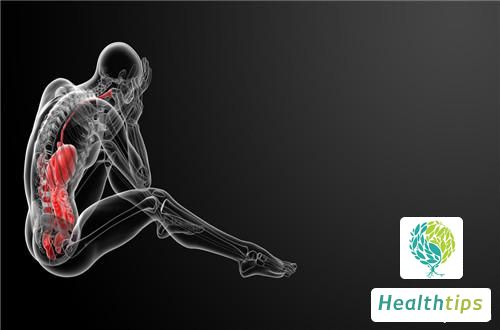The spleen of the human body is a blood-rich organ that cannot be touched normally, but the internal condition of the organ can be understood through spleen palpation. There are two methods of spleen palpation: double palpation and superficial palpation. The specific method to be used depends on the patient's condition. Through palpation, the size, texture, surface condition of the spleen, and whether the patient has symptoms such as pain can be understood. When palpating the spleen, generally start by using one hand to touch the costal margin from the left lower abdomen. If not felt, palpation with both hands can be used. When the subject is lying supine, the examiner's left hand is placed above the costal margin behind the left lower chest of the subject, pressing the spleen forward with force. Bend the fingers slightly forward and place them under the costal margin on the inside of the left abdominal rib cage, so that the line connecting the index finger and middle finger is parallel to the costal margin. Ask the subject to take a deep abdominal breath, and the examiner's hand palpates while the subject is breathing. If the spleen is enlarged, the lower edge of the spleen can be felt during inhalation, indicating splenomegaly. If the subject's spleen is significantly enlarged, the inspection site should start from the lower part. If it cannot be touched in the supine position, ask the subject to lie on their right side (right leg straightened, left leg bent, to relax the abdominal wall). The inspection method is the same. Precautions for spleen palpation: The spleen is located relatively shallow, so the technique should be gentle. Excessive force may push the spleen deeper into the abdominal cavity or affect the spleen's descent with breathing, causing missed detection. Pay attention to observing the size, hardness, surface condition, tenderness, friction sensation, etc. of the spleen.


